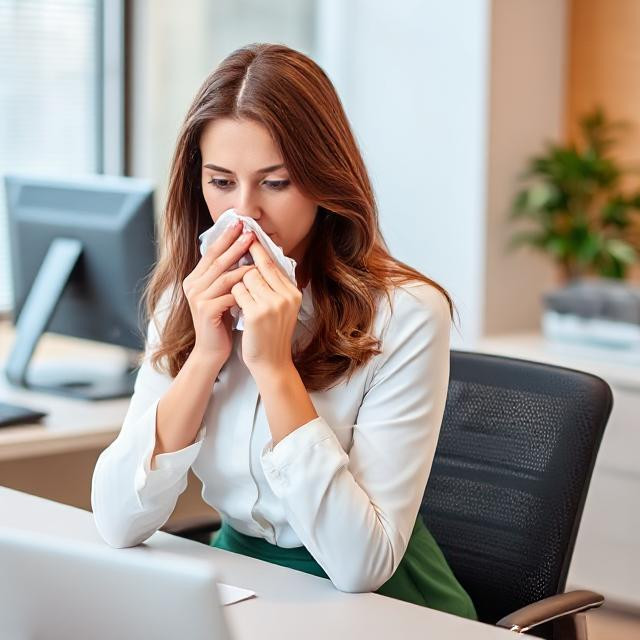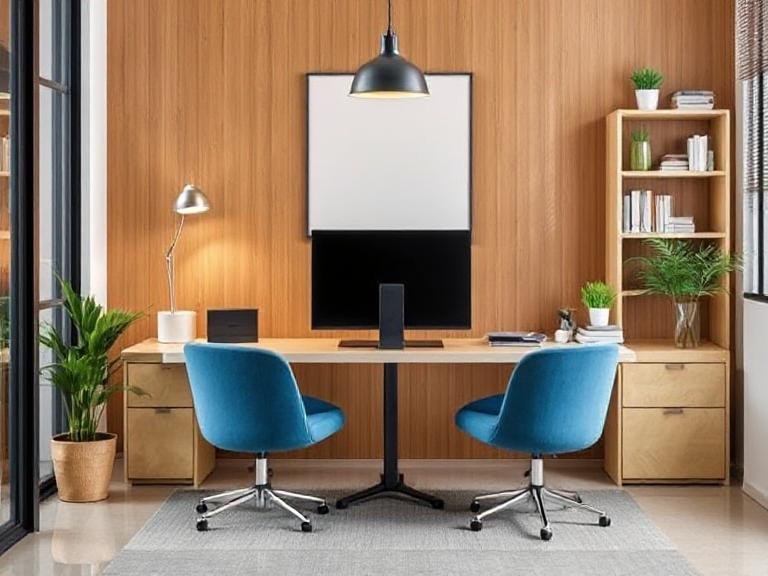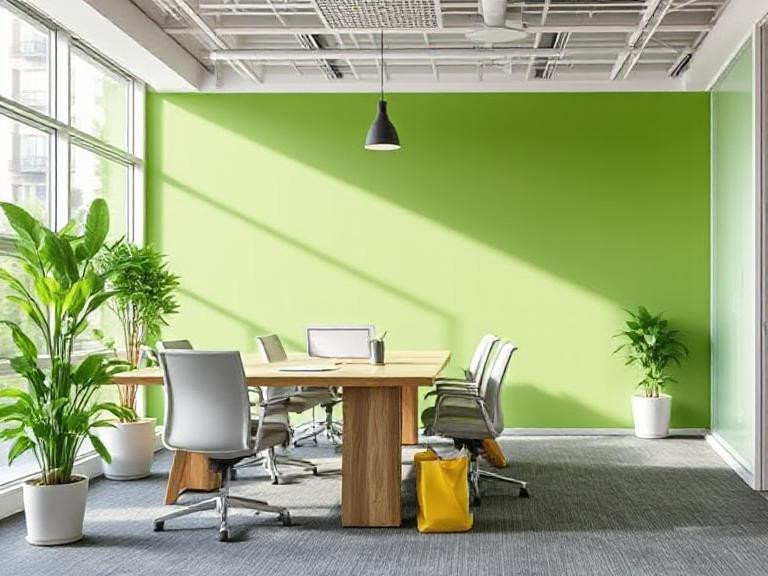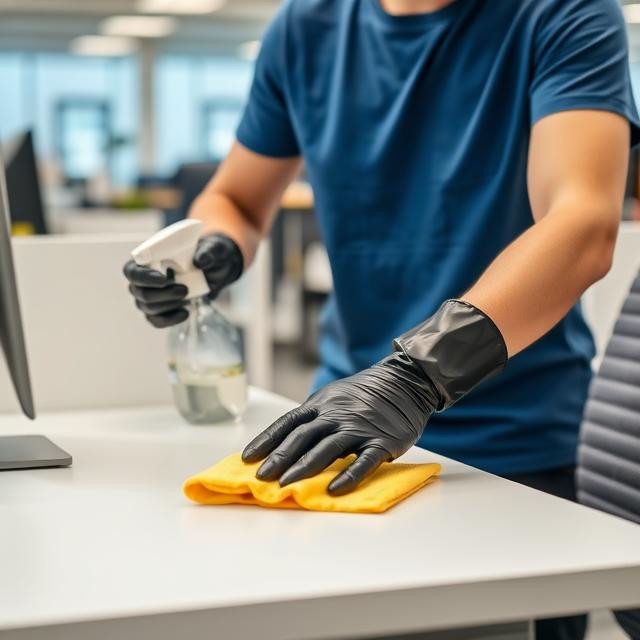Office Cleaning for Allergy Relief: Best Practices and Product Picks

For many of us, the office is a second home, but for allergy sufferers, it can feel more like a battleground. Sneezing, itchy eyes, and a constantly runny nose can make concentrating on work a real challenge. The good news? A clean office isn't just about appearances; it's a vital weapon in the fight against workplace allergens.
So, how can you transform your office into an allergy-friendly haven? It's all about best practices and smart product choices.
The Culprits: Common Office Allergens
Before we dive into solutions, let's identify the usual suspects lurking in your office:
Dust Mites: Microscopic creatures that thrive in soft furnishings, carpets, and upholstery, feeding on shed skin cells.
Pollen: Especially problematic during spring and summer, pollen can drift in through open windows and attach to clothing.
Pet Dander: If colleagues have pets, dander can easily be carried into the office on clothes and shoes.
Mould Spores: Found in damp areas, mould can trigger respiratory issues and allergic reactions.
Chemical Irritants: Strong cleaning products, air fresheners, and even some office supplies can release VOCs (volatile organic compounds) that irritate sensitive airways.
Best Practices for an Allergy-Friendly Office Clean
Effective allergy relief cleaning isn't just about a quick once-over. It requires a systematic approach:
Dust, Don't Spread: Ditch the feather duster! They just redistribute dust. Instead, use a damp microfibre cloth for all surfaces, including desks, shelves, blinds, and computer screens. Work from top to bottom to catch falling dust.
Vacuum with a HEPA Filter: This is non-negotiable. A vacuum cleaner with a High-Efficiency Particulate Air (HEPA) filter traps tiny allergen particles (like dust mites, pollen, and pet dander) rather than recirculating them back into the air. Vacuum carpets, rugs, and upholstery regularly – ideally daily in high-traffic areas.
Clean Soft Furnishings Regularly: Upholstered chairs, fabric partitions, and even curtains can be dust mite magnets. If possible, opt for hard-surfaced chairs. For existing soft furnishings, regular professional cleaning is advisable.
Tackle Mould Hotspots: Check for dampness and mould in areas like kitchens, bathrooms, and around windows. Use a mould-specific cleaner and address any underlying moisture issues promptly. Ensure good ventilation in these areas.
Mind the Air: Consider using an air purifier with a HEPA filter in areas with poor ventilation or high allergen concentration. Remember to change filters regularly as per the manufacturer's guidelines.
Regularly Clean Air Vents and Ducts: These can accumulate dust and mould spores. Professional cleaning of your HVAC system can make a significant difference.
Encourage a "No Outdoor Shoes" Policy (Where Possible): This can drastically reduce the amount of pollen and other outdoor allergens tracked into the office.
Wipe Down Personal Spaces: Encourage employees to regularly clean their own desks, keyboards, and mice. These are often overlooked but can harbour significant amounts of dust and germs.
Product Picks for Allergy Relief Cleaning
Choosing the right products can make all the difference:
Microfibre Cloths: Essential for damp dusting. They effectively pick up and trap dust without the need for harsh chemicals.
HEPA Filter Vacuum Cleaner: As mentioned, this is your number one investment for allergy-conscious cleaning. Look for models specifically designed for allergy sufferers.
Hypoallergenic Cleaning Products: Opt for cleaning sprays, surface wipes, and floor cleaners that are "fragrance-free" or "hypoallergenic." Many conventional products contain strong perfumes and chemicals that can trigger respiratory irritation. Look for eco-friendly or natural alternatives.
Mould Remover: Choose a product specifically designed to kill mould and mildew. Ensure good ventilation when using.
Steam Cleaners: For a chemical-free deep clean of carpets, upholstery, and hard floors, a steam cleaner can effectively kill dust mites and bacteria.
Air Purifiers with HEPA Filters: Invest in a good-quality air purifier for common areas or individual offices if needed.
Beyond Cleaning: Workplace Strategies
A truly allergy-friendly office goes beyond just cleaning:
Communicate and Educate: Raise awareness amongst staff about the importance of a clean environment for allergy sufferers.
Maintain Good Ventilation: Ensure windows are opened regularly (weather permitting) or that ventilation systems are working effectively.
Consider Office Plants Carefully: While some plants are great for air quality, others can exacerbate allergies. Research low-allergen options if you wish to have plants.
Limit Scents: Ask staff to avoid strong perfumes, scented lotions, and air fresheners, as these can be irritants.
By implementing these best practices and making smart product choices, you can create an office environment where everyone can breathe a little easier, leading to a healthier, more productive workforce. Your colleagues (and their sinuses!) will thank you for it.





600a74899aac4.png)